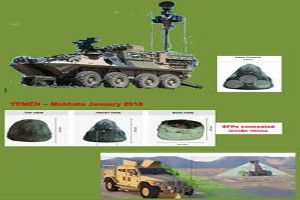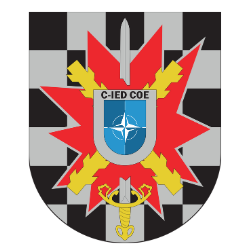 NATO STO research TG.
NATO STO research TG.
The NATO SET-238 “Side-Attack Threat Detection Strategies, Technologies and Techniques” Research Task Group (RTG) has held its 5th meeting on 23-24 May in the Defence Science and Technology Laboratory (DSTL) facilities sited in Sevenoaks-Kent, London (UK). NATO SET-238 RTG objectives are to broadly identify current capability gaps in detection technologies and identify promising technologies that address detection of side-attack weapons in the context of route clearance operations. During meeting, the Research Task Group has discussed threat definition and common reference targets’ (8 different EFPs surrogates), scenarios and concealment has been agreed. Nations (GER, NLD, SWE, CAN, GBR, USA, AUS –not attended-) presented the results obtained through tests that apply specific detection technologies against Side-Attack Threat using standardized configuration. C-IED COE presented the recently completed Research project on EFPs using HME displaying its aims, phases, main milestones and final results and also made an update on EFPs threat around the world. Promising technologies on assessment are Laser Radar Scanner, 3D cameras, Polari-metric MWIR cameras, LIDAR -light detection and ranging- radar, Non-Linear Junction Detection, RF signatures, High Bandwidth Acoustic Detection and Imaging System and others. Nations are carrying out tests using same configurations (EFPs targets with same scenarios in order to understand how cutting-edge detection technologies work and performance on detection in Side-Attack Threats. In some cases, tests are part of certain national or multinational programs However, much more work is needed and more tests must be done to obtain an acceptable collection of IED data. The climate and light conditions, the hiding place, the characteristics of EFP, the location, the distances of detection of distance, the angle of shot and the capacity to obtain high resolution and discrimination are fundamental factors to increase the effectiveness in the detection. In this sense an extension of RTG activities until April 2020 has been approved by the NATO SET Panel. Finally, a homogenous and standardized data collection will be populated by nations and present promising technologies, scenarios, EFP targets and performances in detecting side-attack threats. Moreover, IED data collection will help future equipment developments or will help to focus deeper research in some technologies. .
